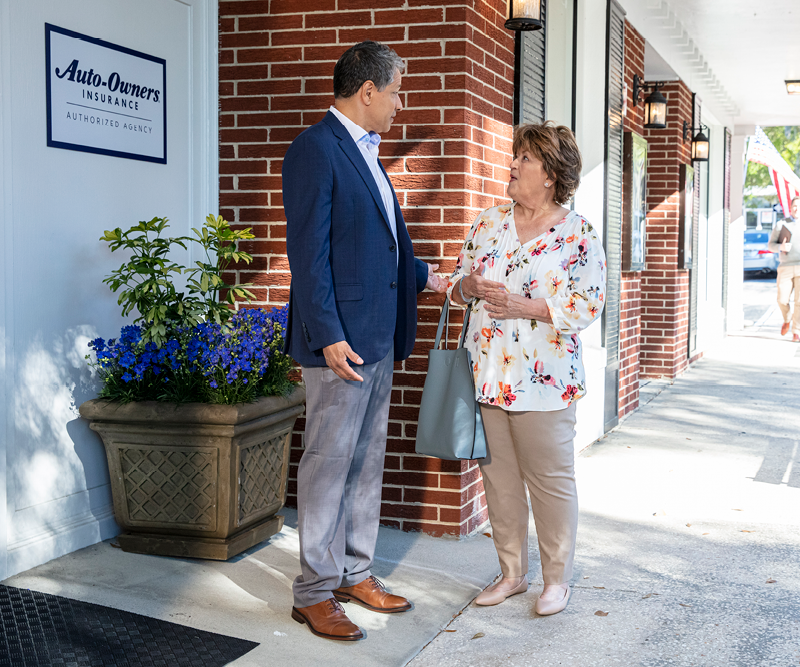We get it: Life insurance can be complicated.
It’s further complicated by the fact that everyone’s situation is different. So, it’s a good idea to contact your tax professional/financial consultant for specific advice about your situation. But, for the more general issues, we hope to help guide you through the winding paths of the tax implications of life insurance.
So, lace up your boots and pack your bag, because we’re headed straight into your FAQ:
- Do you have to pay taxes on money received as a life insurance beneficiary?
- Are life insurance premiums tax-deductible?
- How can somebody be sure their beneficiaries won’t have to pay taxes on their death benefit?
- What is taxable gain on life insurance?
- Do you have to pay taxes when cashing in a life insurance policy?
1. Do you have to pay taxes on money received as a life insurance beneficiary?
Generally speaking, you will not have to pay taxes on life insurance proceeds you receive as a beneficiary. If life insurance premiums are paid with after-tax dollars, there should not be a taxable event to the beneficiary.
A possible exception is if the life insurance policy was part of a compensation package. In some cases, the employer may pay the premiums and write it off on their taxes as a business expense. This could possibly result in the beneficiaries paying taxes on the funds they receive.

Typically, beneficiaries are not taxed.
Read more: The Gift of Life Insurance for Children
2. Are life insurance premiums tax-deductible?
If you are an individual paying life insurance premiums on your personal policy, no. Your premium payments are not tax-deductible.
If you are an employer, it’s best to talk to your tax adviser. It is possible that if you, as an employer, are paying the premiums for your employees’ polices they may be tax-deductible.
3. How can somebody be sure their beneficiaries won’t have to pay taxes on their death benefit?
The short answer: pay your premiums with your taxed earnings. Easy, right?
Basically, taxes have to be paid at some point. So, as long as you are making the premium payments, your beneficiaries shouldn’t have to pay taxes on their funds.
However, if your life insurance policy is part of a compensation package from your employer, your beneficiaries may need to pay taxes on the funds they receive. This is because your employer may write off the premium payments they provide on their taxes, which means the taxes aren’t paid.

4. What is taxable gain on life insurance?
The taxable gain is the dollar amount you receive from the cash value of your policy, minus the premium payment(s) you paid into your life insurance policy.
This only applies to life insurance policies that generate a cash value, and are surrendered before the death of the person whose life is being insured.
An example might help!
Let’s say you have a whole life insurance policy with Auto-Owners (of course). If you decide to “cash out” or “surrender” your policy early, you will receive the cash value of your policy.
So, let’s say you paid $15,000 in premium payments on your policy so far. During this time, your policy accumulated a $20,000 cash value. So, that $5,000 difference is considered your gain and is therefore taxable because of the interest that accrued on your policy.
Now, before you get any ideas, please remember the goal of life insurance is to provide financial help after the loss of a loved one. It is not an investment strategy.
Read more: Whole Life Insurance vs. Term Life: What You Need to Know
5. Do you have to pay taxes when cashing in a life insurance policy?
This is an emphatic yes!
Remember, the goal of life insurance is to provide financial help after the loss of a loved one. It is not an investment strategy. This is why the federal government taxes the gains when an individual cashes in the life insurance policy.
When you “cash in” a life insurance policy with a cash value, you are taxed on the gains. Your taxable gain is the dollar amount you receive from the cash value of your policy, minus the premium payment(s) you paid (read question four for a detailed example).
Each situation will be different, but expect taxes.
Read more: How to Help Your Small Business Employees Save for Retirement (with Annuities)
Overall, it’s a good idea to talk with your financial consultant/tax adviser/independent insurance agent/attorney/CPA/accountant. It’s worth the time, and your peace of mind.
Published February 17, 2021
Copyright Auto-Owners Insurance Company © 2021. All Rights Reserved.



